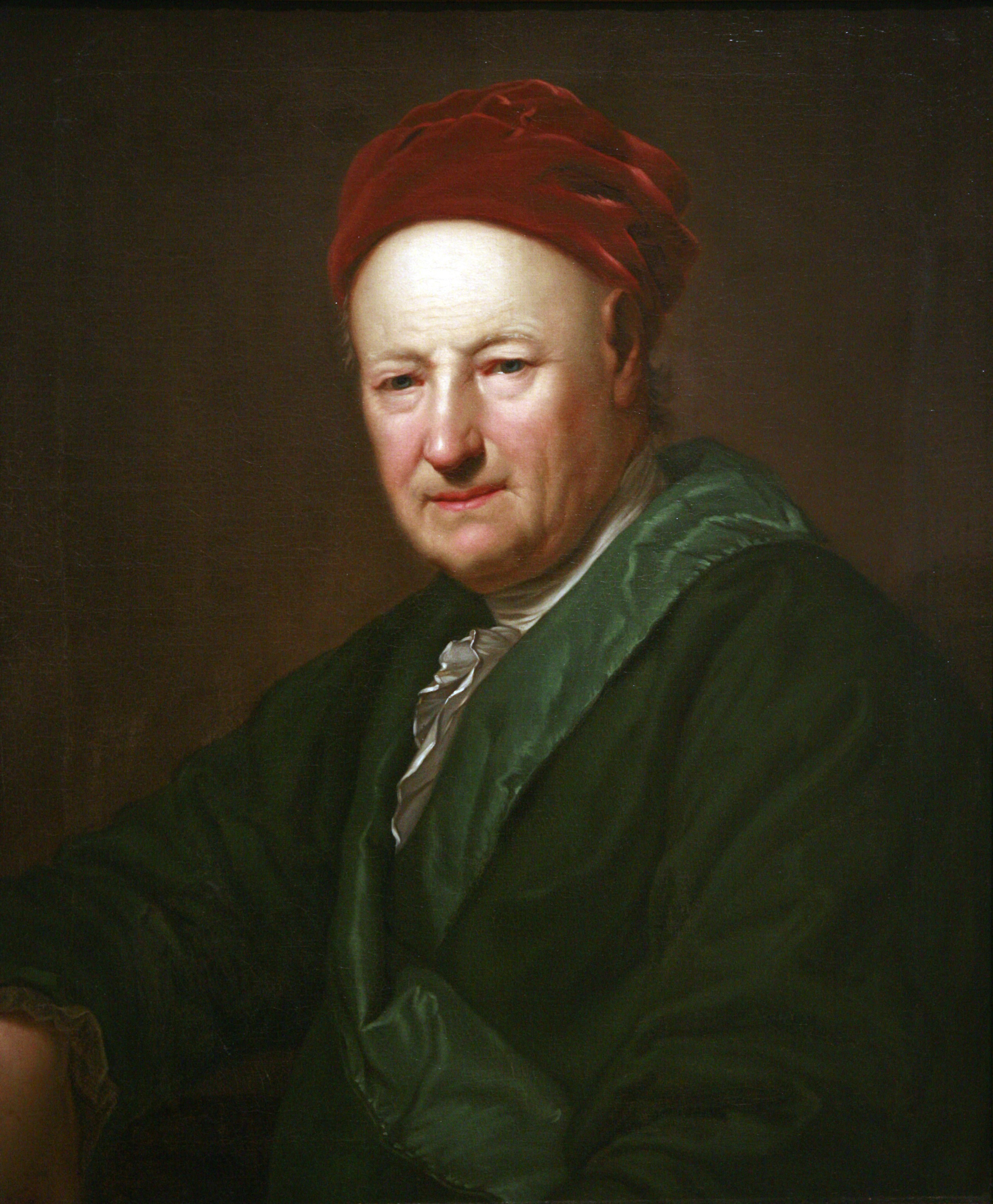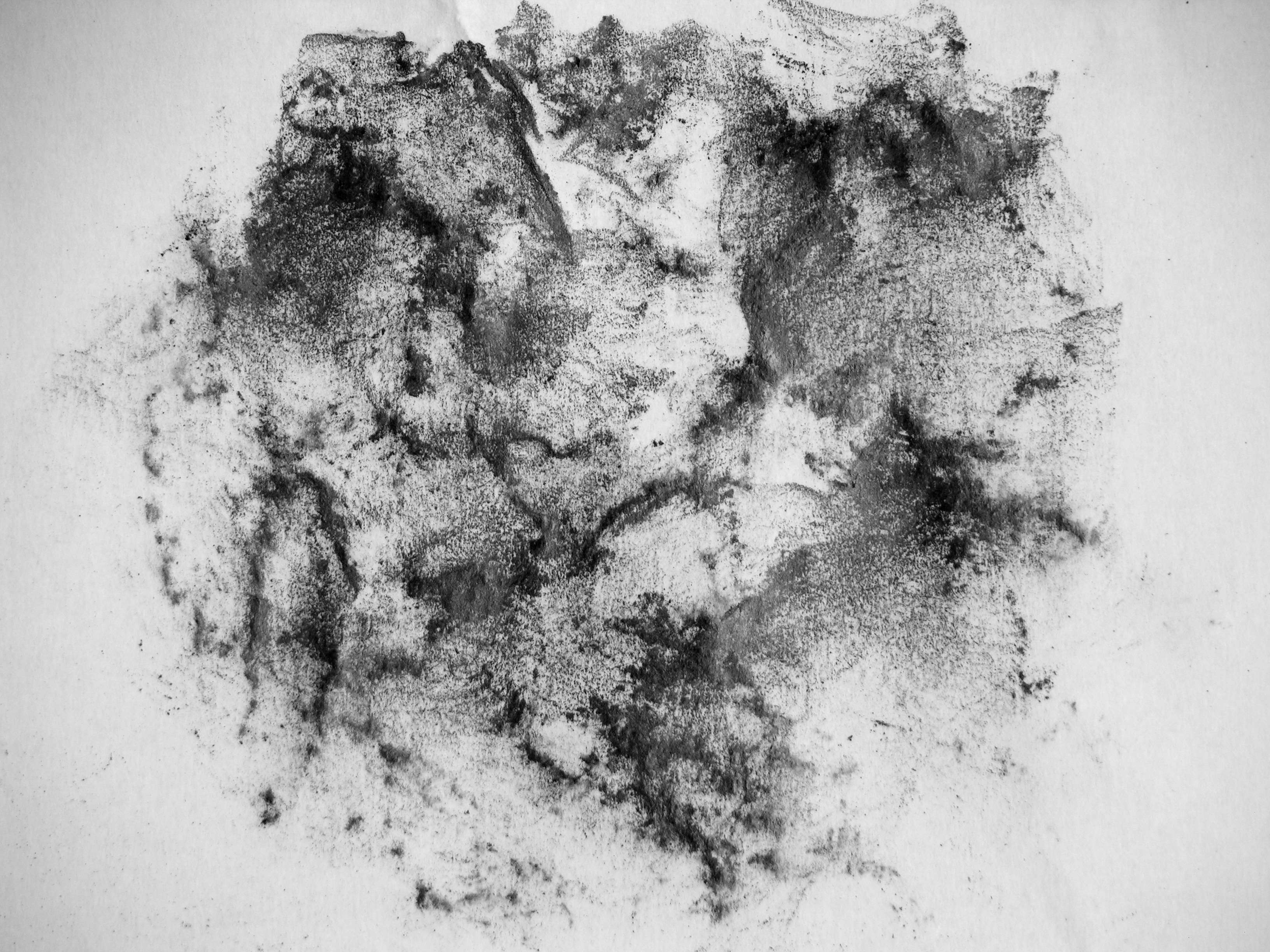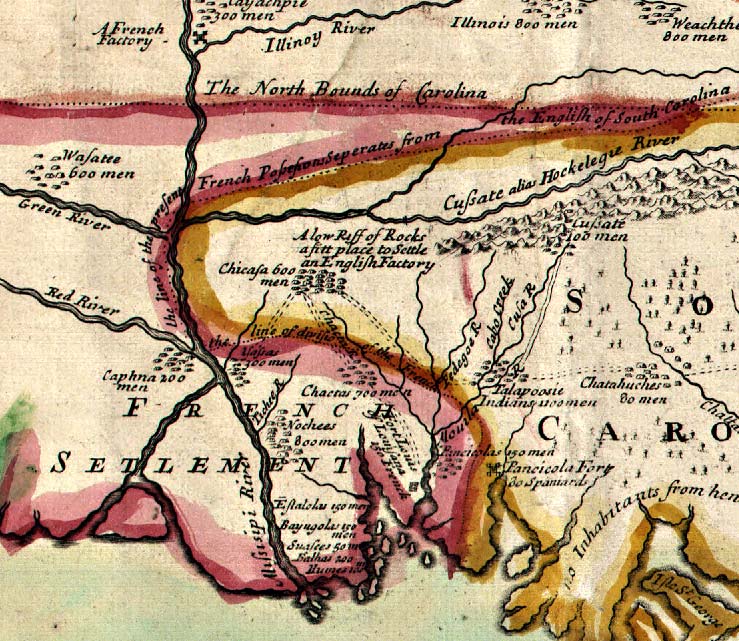|
Sophie Dinglinger
Sophie Friederike Dinglinger (1736–1791) was a German painter. Life and work Born in Dresden, Dinglinger was the daughter of goldsmith Johann Friedrich Dinglinger, and granddaughter of the better known goldsmith Johann Melchior Dinglinger. She studied with Adam Friedrich Oeser. She invented a method to fix pastel to paper which was used by, among others, Dora Stock Dora (shortened from Doris or Dorothea) Stock (6 March 1760 – 30 March 1832) was a German artist of the 18th and 19th centuries who specialized in portraiture. She was at the center of a highly cultivated household in which a great number of art ...; this appears to have allowed the use of deeper colors and a naturalistic treatment of fabric. She produced miniature paintings and pastels during her career. Henriette-Félicité Tassaert lived with Dinglinger during the start of her sojourn in Dresden. [...More Info...] [...Related Items...] OR: [Wikipedia] [Google] [Baidu] |
Dresden
Dresden (, ; Upper Saxon: ''Dräsdn''; wen, label=Upper Sorbian, Drježdźany) is the capital city of the German state of Saxony and its second most populous city, after Leipzig. It is the 12th most populous city of Germany, the fourth largest by area (after Berlin, Hamburg and Cologne), and the third most populous city in the area of former East Germany, after Berlin and Leipzig. Dresden's urban area comprises the towns of Freital, Pirna, Radebeul, Meissen, Coswig, Radeberg and Heidenau and has around 790,000 inhabitants. The Dresden metropolitan area has approximately 1.34 million inhabitants. Dresden is the second largest city on the River Elbe after Hamburg. Most of the city's population lives in the Elbe Valley, but a large, albeit very sparsely populated area of the city east of the Elbe lies in the West Lusatian Hill Country and Uplands (the westernmost part of the Sudetes) and thus in Lusatia. Many boroughs west of the Elbe lie in the foreland of the Ore Mounta ... [...More Info...] [...Related Items...] OR: [Wikipedia] [Google] [Baidu] |
Electorate Of Saxony
The Electorate of Saxony, also known as Electoral Saxony (German: or ), was a territory of the Holy Roman Empire from 1356–1806. It was centered around the cities of Dresden, Leipzig and Chemnitz. In the Golden Bull of 1356, Emperor Charles IV designated the Duchy of Saxe-Wittenberg an electorate, a territory whose ruler was one of the prince-electors who chose the Holy Roman emperor. After the extinction of the male Saxe-Wittenberg line of the House of Ascania in 1422, the duchy and the electorate passed to the House of Wettin. The electoral privilege was tied only to the Electoral Circle, specifically the territory of the former Duchy of Saxe-Wittenberg. In the 1485 Treaty of Leipzig, the Wettin noble house was divided between the sons of Elector Frederick II into the Ernestine and Albertine lines, with the electoral district going to the Ernestines. In 1547, when the Ernestine elector John Frederick I was defeated in the Schmalkaldic War, the electoral district and el ... [...More Info...] [...Related Items...] OR: [Wikipedia] [Google] [Baidu] |
Holy Roman Empire
The Holy Roman Empire was a Polity, political entity in Western Europe, Western, Central Europe, Central, and Southern Europe that developed during the Early Middle Ages and continued until its Dissolution of the Holy Roman Empire, dissolution in 1806 during the Napoleonic Wars. From the accession of Otto I in 962 until the twelfth century, the Empire was the most powerful monarchy in Europe. Andrew Holt characterizes it as "perhaps the most powerful European state of the Middle Ages". The functioning of government depended on the harmonic cooperation (dubbed ''consensual rulership'' by Bernd Schneidmüller) between monarch and vassals but this harmony was disturbed during the Salian Dynasty, Salian period. The empire reached the apex of territorial expansion and power under the House of Hohenstaufen in the mid-thirteenth century, but overextending led to partial collapse. On 25 December 800, Pope Leo III crowned the List of Frankish kings, Frankish king Charlemagne as Carolingi ... [...More Info...] [...Related Items...] OR: [Wikipedia] [Google] [Baidu] |
Johann Melchior Dinglinger
Johann Melchior Dinglinger (26 December 1664 –6 March 1731) was one of Europe's greatest goldsmiths, whose major works for the elector of Saxony, Augustus the Strong, survived in the Grünes Gewölbe (the "Green Vaults"), Dresden. Dinglinger was the last goldsmith to work on the grand scale of Benvenuto Cellini and Wenzel Jamnitzer, fewer of whose large-scale works in precious materials have survived, however. His work carries on in a Mannerist tradition into the " Age of Rococo". Biography Dinglinger was born in Biberach an der Riß (today in Baden-Württemberg). He served his apprenticeship in Ulm, after which he refined his techniques working as a journeyman in Augsburg, Nuremberg and Vienna, three traditional centers of luxury arts. He went to Dresden in 1692, where he spent the rest of his career in the service of Augustus, by whom he was appointed court jeweller in 1698. In the workshop he established, he was assisted by his younger brothers, the enameller Georg ... [...More Info...] [...Related Items...] OR: [Wikipedia] [Google] [Baidu] |
Adam Friedrich Oeser
Adam Friedrich Oeser (17 February 1717 in Pressburg – 18 March 1799 in Leipzig) was a German etcher, painter and sculptor. Biography Oeser worked and studied in Pressburg (student of Georg Raphael Donner in sculpture) and Vienna at the Vienna Academy (student of Jacob van Schuppen and Daniel Grau in painting). He went to Dresden in Saxony in 1739, where he studied with Mengs and Dietrich, and created portraits and scenes for the Royal Opera, and mural paintings in Schloss Hubertusburg (1749). In 1756 Count Heinrich von Bünau commissioned him to decorate the newly built Schloss Dahlen. Oeser moved to Leipzig in 1759. Appointed director of the newly founded Academy there in 1764, he zealously opposed mannerism in art. He was a stout champion of Winckelmann's advocacy of reform on antique lines. He also befriended Winckelmann, who lived with him and his family in 1754/55. Oeser's chief importance was as a teacher. He was the drawing teacher of Johann Wolfgang Goet ... [...More Info...] [...Related Items...] OR: [Wikipedia] [Google] [Baidu] |
Pastel
A pastel () is an art medium in a variety of forms including a stick, a square a pebble or a pan of color; though other forms are possible; they consist of powdered pigment and a binder. The pigments used in pastels are similar to those used to produce some other colored visual arts media, such as oil paints; the binder is of a neutral hue and low saturation. The color effect of pastels is closer to the natural dry pigments than that of any other process. Pastels have been used by artists since the Renaissance, and gained considerable popularity in the 18th century, when a number of notable artists made pastel their primary medium. An artwork made using pastels is called a pastel (or a pastel drawing or pastel painting). ''Pastel'' used as a verb means to produce an artwork with pastels; as an adjective it means pale in color. Pastel media Pastel sticks or crayons consist of powdered pigment combined with a binder. The exact composition and characteristics of an individual ... [...More Info...] [...Related Items...] OR: [Wikipedia] [Google] [Baidu] |
Dora Stock
Dora (shortened from Doris or Dorothea) Stock (6 March 1760 – 30 March 1832) was a German artist of the 18th and 19th centuries who specialized in portraiture. She was at the center of a highly cultivated household in which a great number of artists, musicians, and writers were guests; and her friends and acquaintances included some of the most eminent figures of her day, namely Goethe, Schiller and Mozart. Life Childhood She was born in Nürnberg to a copper engraver named Johann Michael Stock (1737–1773). Stock had in 1756 married a widow five years his senior—Maria Helen Endner, née Schwabe (1733–1782)—who already had a son, Georg Gustav, by her previous marriage. Dora was the first of two surviving children born to this marriage; two years later her younger sister Anna Maria Jakobina, called Minna (11 March 1762 – 1843), was born. When Dora was five years old, her father took up a position in Leipzig working as an engraver and illustrator for the Breitkopf prin ... [...More Info...] [...Related Items...] OR: [Wikipedia] [Google] [Baidu] |
Portrait Miniature
A portrait miniature is a miniature portrait painting, usually executed in gouache, watercolor, or enamel. Portrait miniatures developed out of the techniques of the miniatures in illuminated manuscripts, and were popular among 16th-century elites, mainly in England and France, and spread across the rest of Europe from the middle of the 18th century, remaining highly popular until the development of daguerreotypes and photography in the mid-19th century. They were usually intimate gifts given within the family, or by hopeful males in courtship, but some rulers, such as James I of England, gave large numbers as diplomatic or political gifts. They were especially likely to be painted when a family member was going to be absent for significant periods, whether a husband or son going to war or emigrating, or a daughter getting married. The first miniaturists used watercolour to paint on stretched vellum, or (especially in England) on playing cards trimmed to the shape required. The ... [...More Info...] [...Related Items...] OR: [Wikipedia] [Google] [Baidu] |
Henriette-Félicité Tassaert
Henriette-Félicité Tassaert (born 4 May 1766 in Paris; died 8 June 1818 in Berlin) was a German painter of Flemish extraction. Biography Born in Paris, Tassaert was a member of the Tassaert family of artists. She was the daughter of sculptor Jean-Pierre-Antoine Tassaert and miniaturist Marie-Edmée Moreau, who were her first teachers. She then trained at the Prussian Academy of Arts, studying under Johann Christoph Frisch, Anton Graff, and Daniel Chodowiecki, whose letters remain an important source of information about her biography. While there she also came to know the work of the pastellist , who was also an engraver and who had produced prints after some of her father's work; she in turn engraved Darbes' portrait of Friedrich Wilhelm II. She planned to travel to Dresden for further study, but the trip required the consent of Frederick the Great, who refused, and she did not visit that city until 1787, after his death. She spent six months in study there, staying in the ... [...More Info...] [...Related Items...] OR: [Wikipedia] [Google] [Baidu] |
1736 Births
Events January–March * January 12 – George Hamilton, 1st Earl of Orkney, becomes the first Field Marshal of Great Britain. * January 23 – The Civil Code of 1734 is passed in Sweden. * January 26 – Stanislaus I of Poland abdicates his throne. * February 12 – Francis I, Holy Roman Emperor marries Maria Theresa of Austria, ruler of the Habsburg Empire. * March 8 – Nader Shah, founder of the Afsharid dynasty, is crowned Shah of Iran on a date selected by court astrologers. * March 31 – Bellevue Hospital is founded in New York. April–June * April 14 – The Porteous Riots erupt in Edinburgh (Scotland), after the execution of smuggler Andrew Wilson, when town guard Captain John Porteous orders his men to fire at the crowd. Porteous is arrested later. * April 14 – German adventurer Theodor Stephan Freiherr von Neuhoff is crowned King Theodore of Corsica, 25 days after his arrival on Corsica on March 20. His reign ends on No ... [...More Info...] [...Related Items...] OR: [Wikipedia] [Google] [Baidu] |
1791 Deaths
Events January–March * January 1 – Austrian composer Joseph Haydn arrives in England, to perform a series of concerts. * January 2 – Northwest Indian War: Big Bottom Massacre – The war begins in the Ohio Country, with this massacre. * January 12 – Holy Roman troops reenter Liège, heralding the end of the Liège Revolution, and the restoration of its Prince-Bishops. * January 25 – The British Parliament passes the Constitutional Act 1791, splitting the old province of Quebec into Upper and Lower Canada. * February 8 – The Bank of the United States, based in Philadelphia, is incorporated by the federal government with a 20-year charter and started with $10,000,000 capital.''Harper's Encyclopaedia of United States History from 458 A. D. to 1909'', ed. by Benson John Lossing and, Woodrow Wilson (Harper & Brothers, 1910) p169 * February 21 – The United States opens diplomatic relations with Portugal. * March 2 – ... [...More Info...] [...Related Items...] OR: [Wikipedia] [Google] [Baidu] |
18th-century German Painters
The 18th century lasted from January 1, 1701 ( MDCCI) to December 31, 1800 ( MDCCC). During the 18th century, elements of Enlightenment thinking culminated in the American, French, and Haitian Revolutions. During the century, slave trading and human trafficking expanded across the shores of the Atlantic, while declining in Russia, China, and Korea. Revolutions began to challenge the legitimacy of monarchical and aristocratic power structures, including the structures and beliefs that supported slavery. The Industrial Revolution began during mid-century, leading to radical changes in human society and the environment. Western historians have occasionally defined the 18th century otherwise for the purposes of their work. For example, the "short" 18th century may be defined as 1715–1789, denoting the period of time between the death of Louis XIV of France and the start of the French Revolution, with an emphasis on directly interconnected events. To historians who expand ... [...More Info...] [...Related Items...] OR: [Wikipedia] [Google] [Baidu] |








